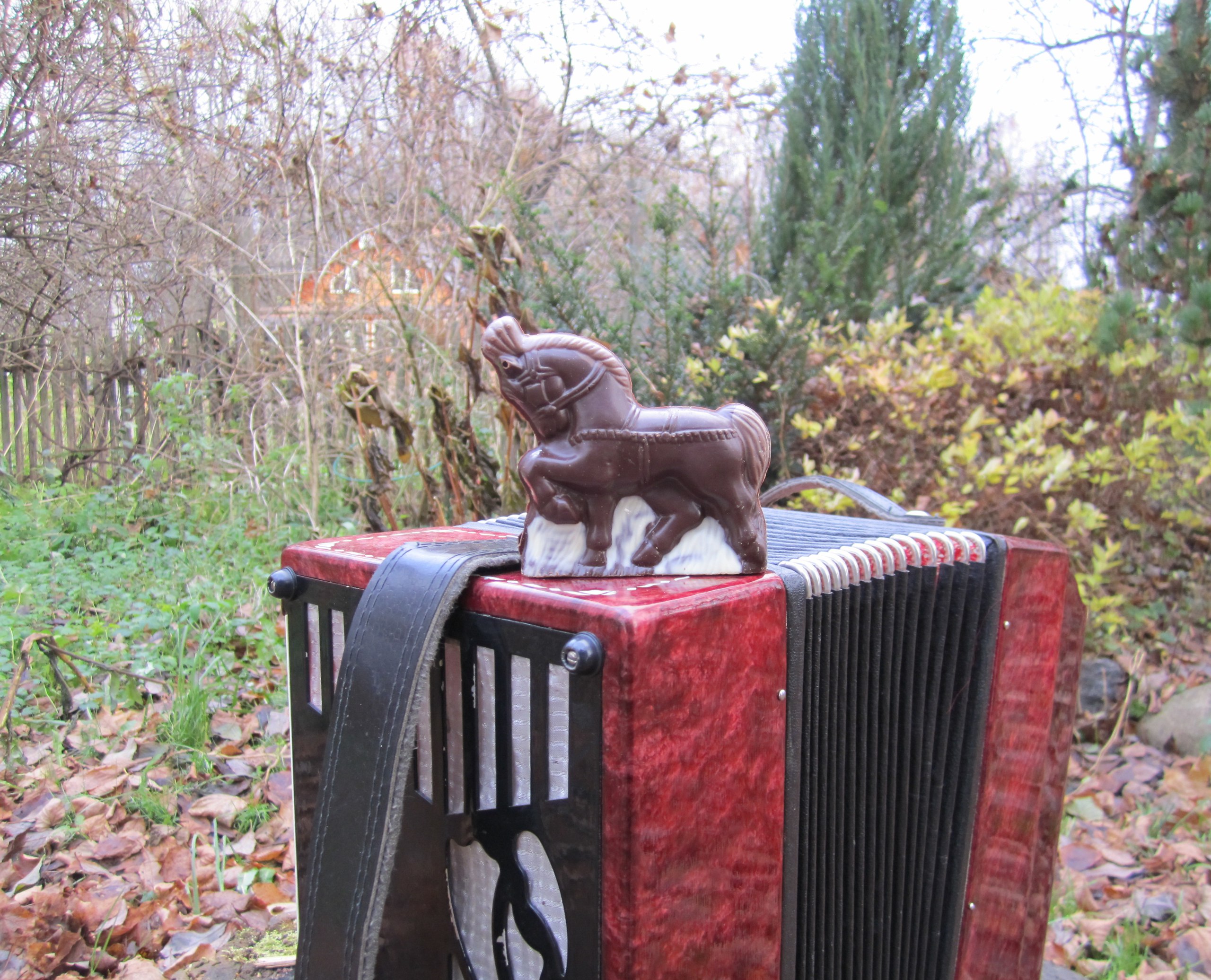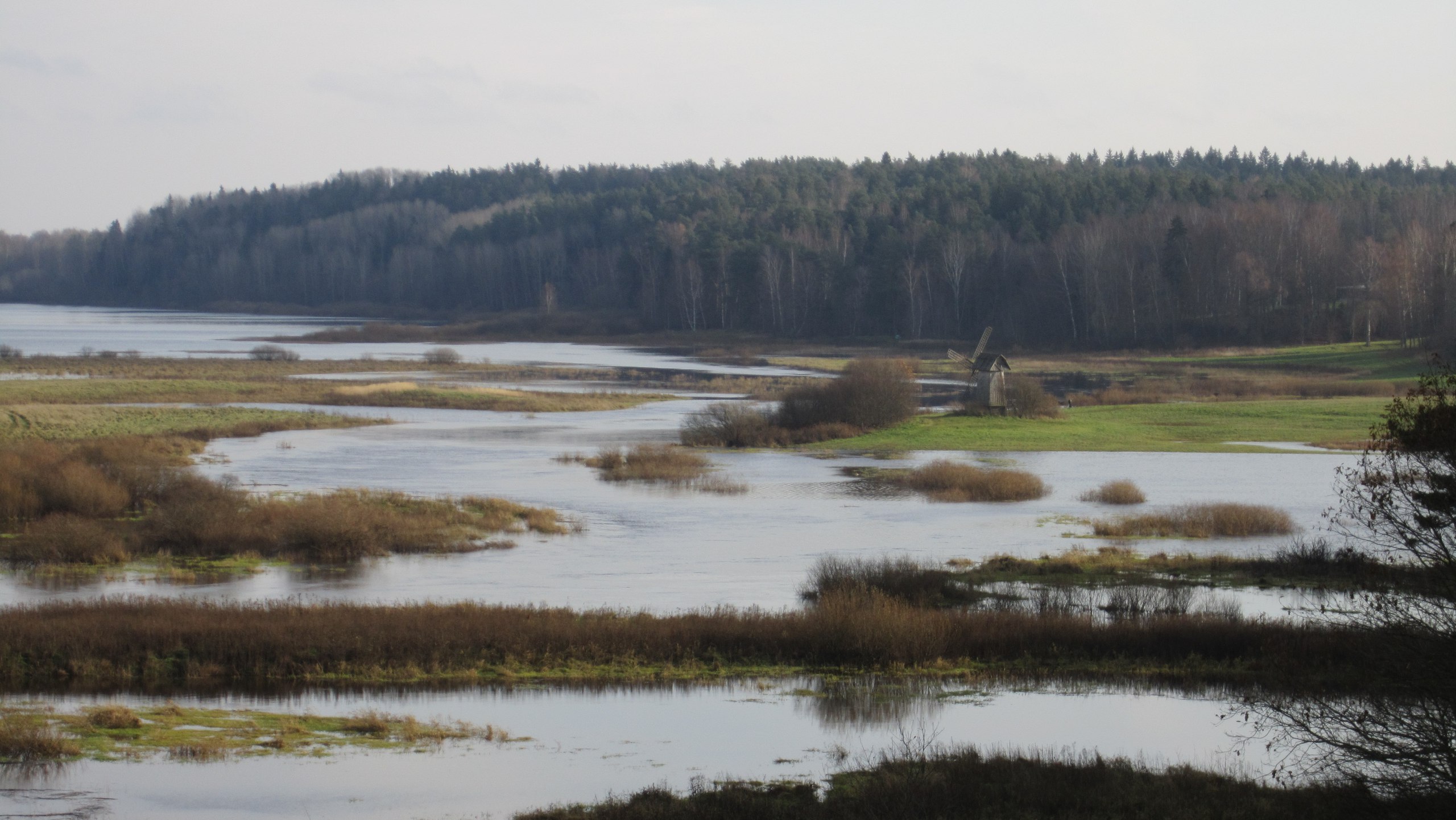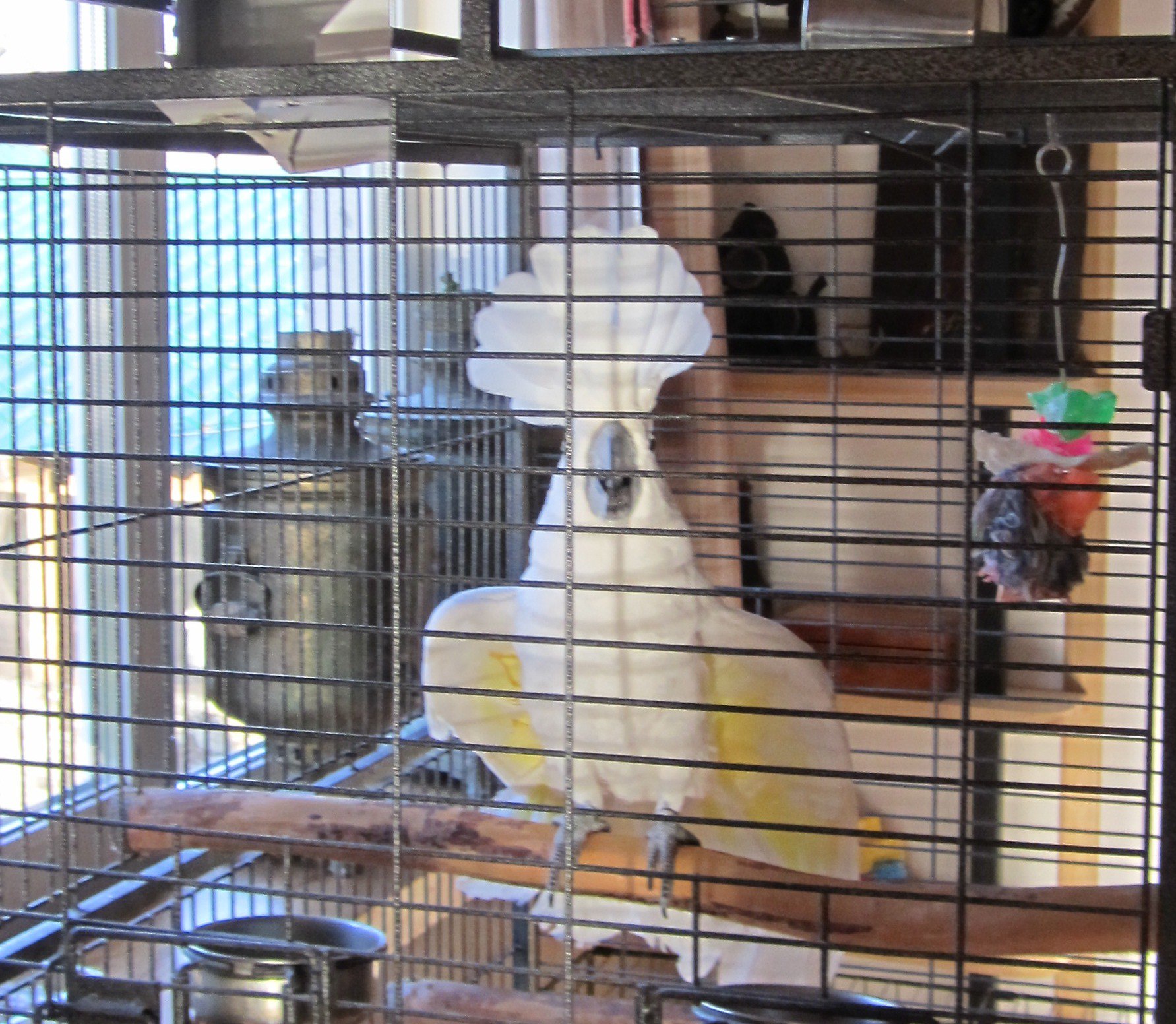повстречался текст -
интервью с Хестером. Где он рассказывает, что много тренирует троеборцев по дисциплине выездка. Любопытно почитать.
Carl Hester is one of Britain’s most successful dressage riders and trainers. He first represented Britain at the 1990 WEG riding Rubelit von Unkenriff. Carl also made a name for himself as a coach for Eventing Riders – helping some of the most famous…
“I was team trainer in Atlanta for the New Zealanders. I did Mary King for a while. At one time I was having 18 – 20 to help at a Badminton, which was a killer. That’s not the way to do it. You turn up at an event and you get bombarded. Look, look, look, HELP! Over the years I have worked with a few of the better known eventers – it is always a challenge.”
So do you change a lot when you teach eventers from a ‘normal’ dressage rider?
“Actually I don’t. I think the main thing with event riders is the stabilizing of the outline. That is really what is lacking, consistency of outline. The next step is the suppleness, which is also lacking in lots of their horses. I think a lot of the eventers haven’t realised that the neck is the basis of the way a horse learns to balance himself, and that’s where you can unlock the tension. It was mainly a question of teaching the riders more about stretching exercises, and bending exercises.”5761sm
How do you help stabilize the outline?
“Basically the riders need to ride the horse to the bit, and not to block from the bit back. The horses have to go in a long neck, but many horses get in a tense, short outline, and that creates the mistakes in the test. By using suppling exercises, lots more stretching exercises, and more work in canter rather than hours of uncomfortable sitting trot. They all try to sit at the trot, but it’s not their fave, they like to be off the saddle, not on the saddle. I teach them that until the horse is swinging, they can’t sit. I don’t sit on my young dressage horses until they are at least five or six – I wouldn’t do sitting trot on a four-year-old. An eight-year-old eventer can sometimes be as backward as a four-year-old dressage horse… and yet they are trying to do sitting trot and the movements of the test. More canter work teaches riders how to get the horse to take the hand, be in a proper balance on its own, in a long frame… after that they can come to the trot work.”
“The movements they have to do in an eventing dressage test are fairly basic. They don’t need to be practising them all the time, but so many of them, for example, got stuck with the flying changes. Horses should be doing flying changes when they are five or six, but unfortunately so many eventers have been doing counter canter for years, and when the horse does a flying change they are surprised, and they stay surprised, way too long. The other real problem with eventing riders is getting them to learn the timing for the changes.” “I don’t go about helping the eventing riders differently, I just think that they need to look at it differently and learn how to get a horse balanced.”
5685 smYou finally persuaded Mary King that there weren’t a couple of steps of trot in the middle of the flying change?
“I did. I kind of poached Mary – I went up to her after she’d ridden a test and said, I really could help you with those changes, what you are doing is freaking me out – badly! She was doing simples, or they were 60 metres late, I said, Mary it’s all about the timing, it’s all about the counting. You are asking on the wrong stride, or maybe not even asking. It was a really interesting project because Mary obviously has an incredible eye and a feel for a stride, and yet it was the timing for a flying change that needed working on, that was what was missing. It was really interesting helping someone who has such an amazing feel as a jump rider going cross-country, and she is an elegant rider on the flat, but she just didn’t have the timing for the changes. Some people have the perfect timing, but aren’t refined in their aids, and some don’t have the timing, and that’s why it is always going wrong, the horse is only trying to do what they are asking.”
Most of the eventing riders are both athletic and un-afraid of what they are doing in the saddle, you can tell them – do this, and they are able to do it….
“Absolutely. They now all know what they have to do. They know if they aren’t getting in the 40s in the dressage, they are up against a brick wall. They can do it, and they do get more help now. The better moving horses are coming into eventing, the riders have to learn to sit on the backs of movers – they are not sofas those big movers. They certainly can do what you tell them… With a lot of the younger ones it is about being able to sit on the horse without stirrups, that is what is still missing. Very often they get to three day event level and then they want help, but they find it too boring to go back to the basics – really they needed to get help when they were riding their novice horses.
Перевод уже сделали)
В.: Есть ли какое-то отличие в тренировках троеборных всадников от «обычных» выездковых?
О.: На самом деле, нет. Я считаю, что главное в работе с троеборными лошадьми – это достижение стабильного правильного движения в рамке. Это действительно то, чего им недостает, и еще последовательности. Следующим шагом является раскрепощенность, которой также не хватает большинству троеборных лошадей. Я вижу, что многие из троеборцев не обращают внимание на то, что баланс лошади в основном зависит от ее шеи, и именно в ней нужно искать источник напряжения.
В.: Вы сказали о правильном движении в рамке; какими методами или упражнениями Вы пользовались, чтобы помочь всадникам и лошадям достичь его?
О.: Всадники должны держать лошадей в контакте с поводом, а не блокировать поводом их движение. Лошади должны иметь возможность вытянуть шею, но многие из них двигаются напряженно, в укороченной рамке, и это провоцирует ошибки на езде. Мы делали упражнения на растяжку и много работали на галопе, а не на рыси. Троеборцы часто не любят облеченную рысь и сидят в седле, но я учил их, что нужно облегчаться, пока у лошади напряжена спина. Я не сижу на своих молодых выездковых лошадях, пока им не исполнится пять-шесть лет, и я бы точно не стал ехать учебной рысью на четырехлетней лошади – а восьмилетние троеборные кони иногда бывают на том же уровне развития. Работа на галопе учит всадников контакту с лошадью, движению в балансе и в широкой рамке. Только после этого мы переходим к работе на рыси.
Лошади должны начинать учиться менкам в пять-шесть лет, но многие троеборцы так часто и долго ездят контргалопом, что объяснить лошадям менку становится сложно.
Я просто думаю, что троеборцы должны смотреть на выездку чуть по-иному и в первую очередь думать о том, как достичь баланса.
В.: Как Вы относитесь к точке зрения, что троеборные лошади более нервные и напряженные, чем выступающие в других дисциплинах, и из-за этого их сложно контролировать?
О.: Это просто оправдание. Конечно, троеборные лошади более кровленные, но я полагаю, что вся проблема сводится к неправильному тренингу и исходит из стремления некоторых всадников как можно короче держать повод и насильно «укорачивать» шею лошади. Когда лошадь напряжена, ее действительно сложно контролировать, она не в балансе и не принимает повод.
Один очень опытный троеборец купил лошадь уровня малых езд у нас, и при этом сказал: «Моя цель в том, чтобы перейти к большим ездами в течение шести месяцев». Я ответил, что его цель – в течение года строить партнерство с новой лошадью, и только тогда это сработает. Через какое-то время подтвердилось, что я оказался прав. Он действительно думал, что сможет поехать Большой Приз через несколько месяцев, но ничего не получилось. Да, я все еще говорю о партнерстве: конечно, он мог быстро выучить новые элементы, и опытная лошадь помогла бы ему в этом, но только партнерские, доверительные отношения с лошадью позволят вам сделать на соревнованиях то, что вы легко делаете дома.
Перевод: Eventing Stars









